Introduction – The Birth of Competitive Chess
Chess is one of the world’s oldest games, but official chess tournaments are a relatively modern phenomenon. While casual and royal chess matches had existed for centuries, the first organized international chess tournament marked a new era — transforming the game into a competitive sport.
So, who won the very first chess tournament ever held?
The First International Chess Tournament – London, 1851
Event Name: The London 1851 Chess Tournament
Date: May to July 1851
Location: St. George’s Chess Club, London
Organized By: Howard Staunton (British chess master and promoter)
Occasion: Held during the Great Exhibition in London
This tournament was the first official international chess tournament in history. It brought together the strongest players from across Europe, setting a precedent for future global competitions.
If you’re fascinated by such iconic moments in chess history and wish to own replicas of vintage chess sets like the ones used during this legendary tournament, Chessbazaar offers authentic Staunton chess sets crafted with precision and elegance — perfect for collectors and players alike!

The Champion – Adolf Anderssen
Full Name: Karl Ernst Adolf Anderssen
Nationality: German
Born: July 6, 1818
Occupation: Mathematics professor
Playing Style: Bold, tactical, and imaginative
Adolf Anderssen emerged as the undisputed champion of the 1851 tournament. He defeated some of the finest players of his time, including:
– Lionel Kieseritzky
– József Szén
– Howard Staunton
– And finally, Marmaduke Wyvill in the finals
Final Score: Anderssen defeated Wyvill 4.5 – 2.5
His performance was so dominant and brilliant that he was considered the unofficial world champion of chess at the time.
Want to relive the magic of this historical victory? Check out Chessbazaar’s handcrafted antique reproduction peices, inspired by chess legends like Anderssen — bringing the legacy of 19th-century chess right to your home.





The Immortal Game – A Timeless Classic
Although not part of the official tournament, one of the most famous games ever played happened during the same event: Adolf Anderssen vs. Lionel Kieseritzky – now famously known as “The Immortal Game.”
In this legendary match, Anderssen sacrificed a bishop, both rooks, and his queen — all in exchange for a brilliant and unexpected checkmate. The game is still admired today for its daring style and artistic beauty.
This game is often taught to beginners to showcase creativity and tactical mastery. And if you want to play it on a classic set just like the masters, Chessbazaar has you covered with boards and pieces that embody the heritage of classical chess.




Significance of the 1851 Tournament
– Marked the beginning of professional chess competitions
– Gave rise to the idea of a world chess championship
– Established international recognition of players
– Popularized the Staunton Chess Set, now the global standard for tournaments
The Staunton design, which was first popularized during this tournament, remains the official tournament standard to this day. You can explore a wide range of Staunton-style chess sets at Chessbazaar, crafted for authenticity and elegance — suitable for tournaments, displays, or thoughtful gifts.
Fun Facts
– The tournament followed a knockout format
– Howard Staunton himself played but was eliminated before the semi-finals
– Anderssen’s win helped Germany emerge as a strong chess nation in the 19th century
Chessbazaar continues this legacy by reviving antique and classical sets used by greats like Staunton and Anderssen, making these pieces of history available to enthusiasts worldwide.





Conclusion – A Legendary Beginning
The 1851 London Chess Tournament wasn’t just the first of its kind — it was the birth of chess as a competitive global sport. Adolf Anderssen’s triumph not only crowned him the champion but also set the tone for the modern game we know today.
He didn’t just win a tournament; he made chess history.







Experience Chess History with Chessbazaar
Whether you’re a player, a collector, or a history lover, Chessbazaar invites you to explore our exclusive range of historical chess reproductions, luxury boards, and Staunton sets. Relive legendary moments like the 1851 tournament — one move at a time.



 The Origins of Chess in Ancient India
The Origins of Chess in Ancient India

















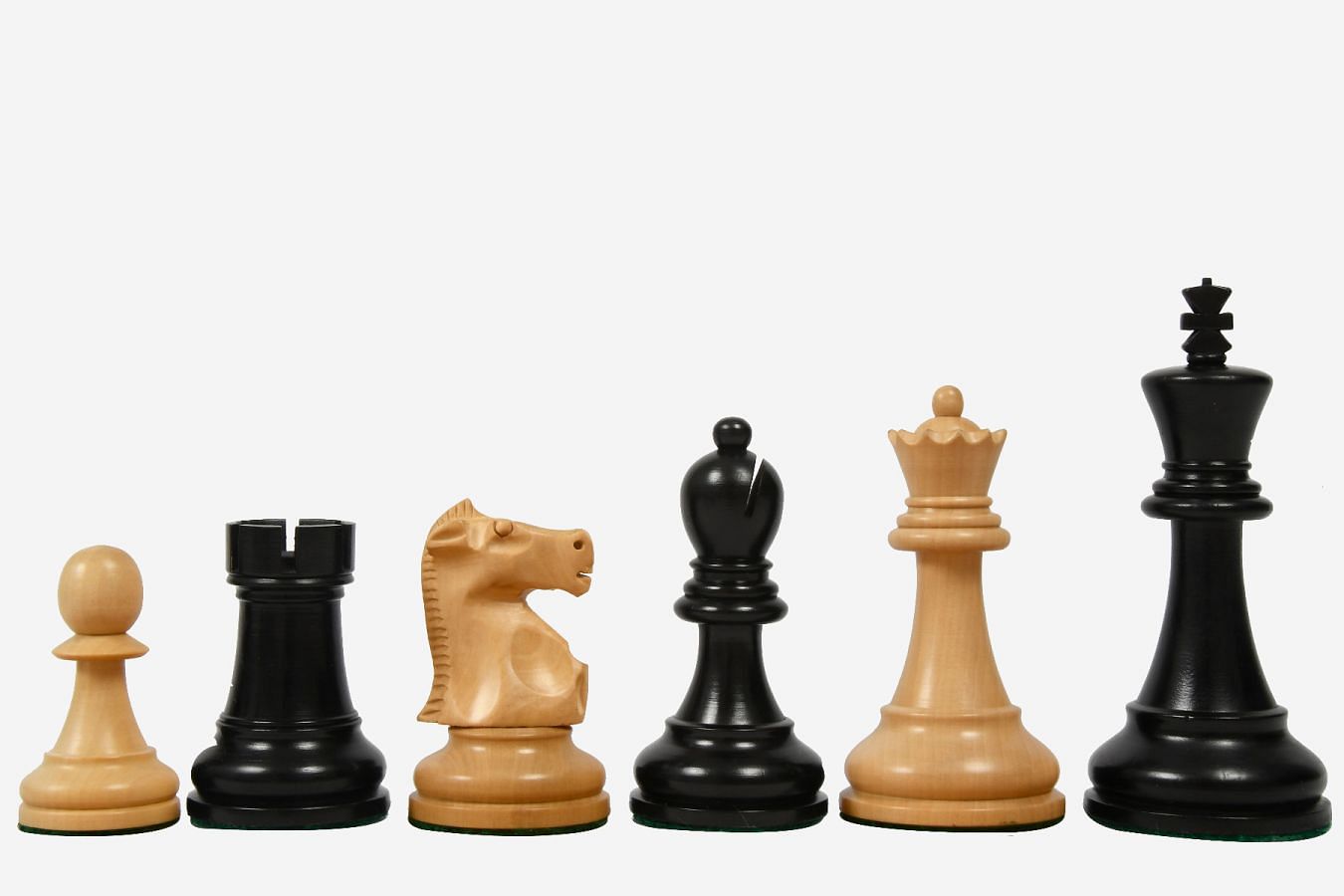












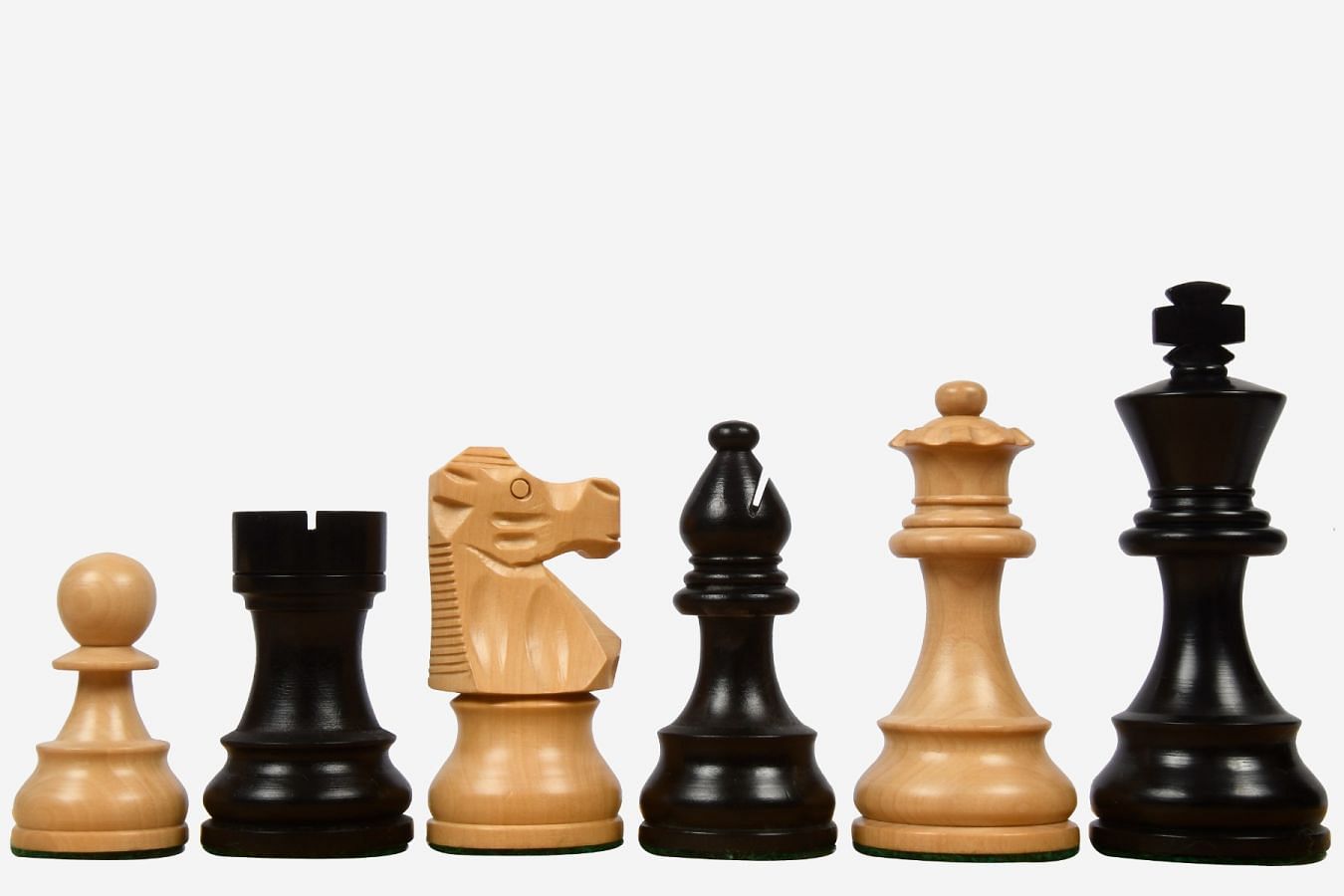





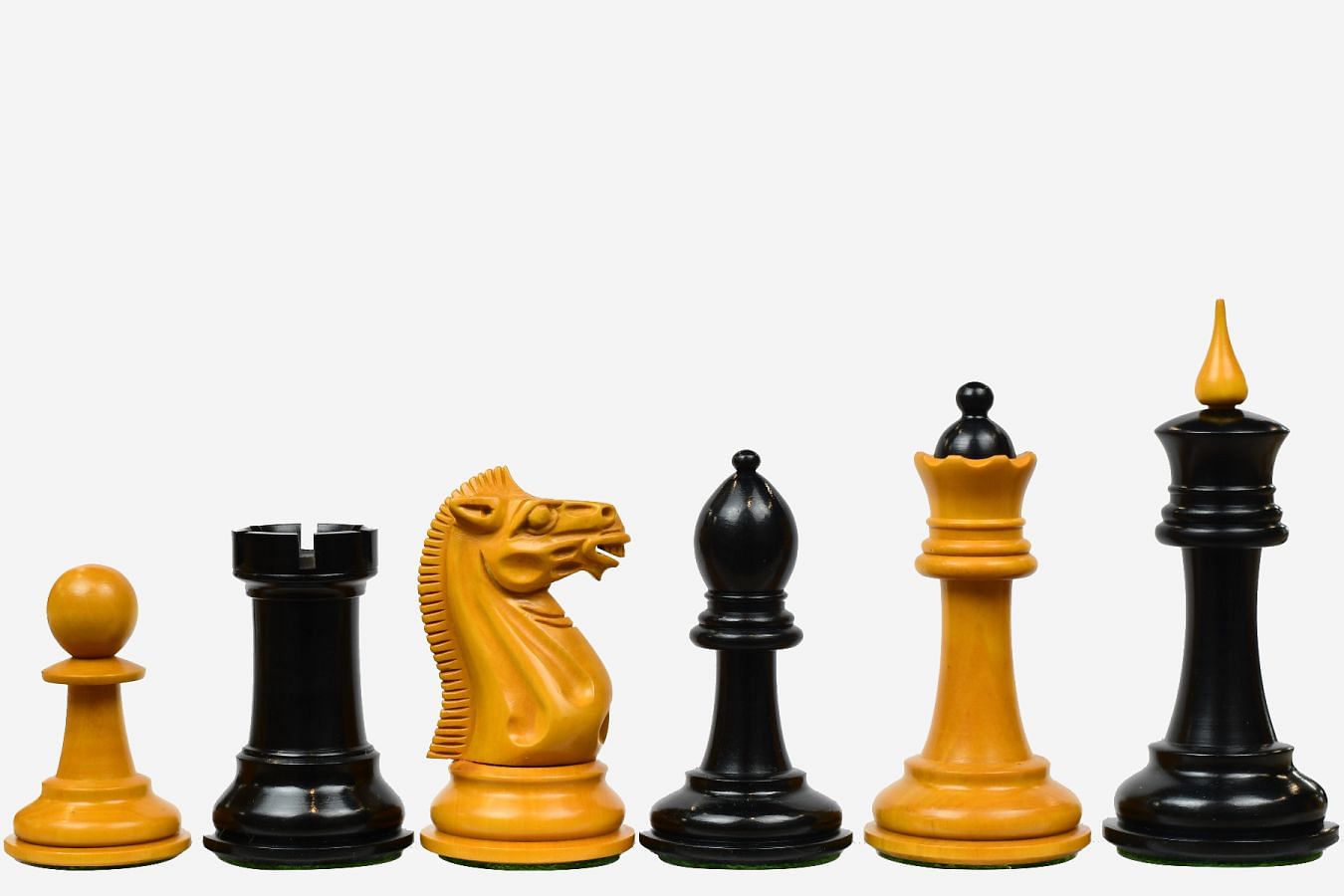






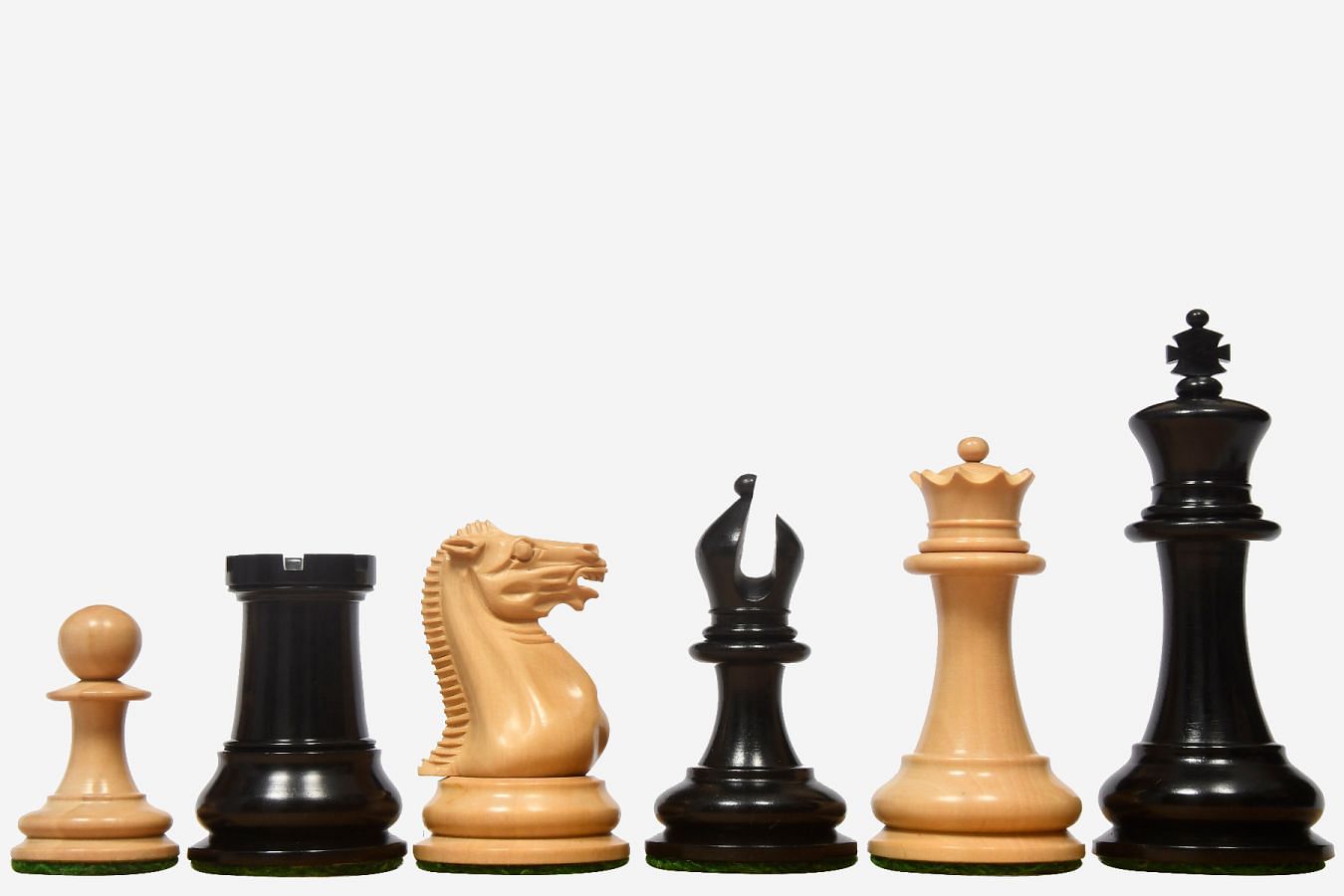









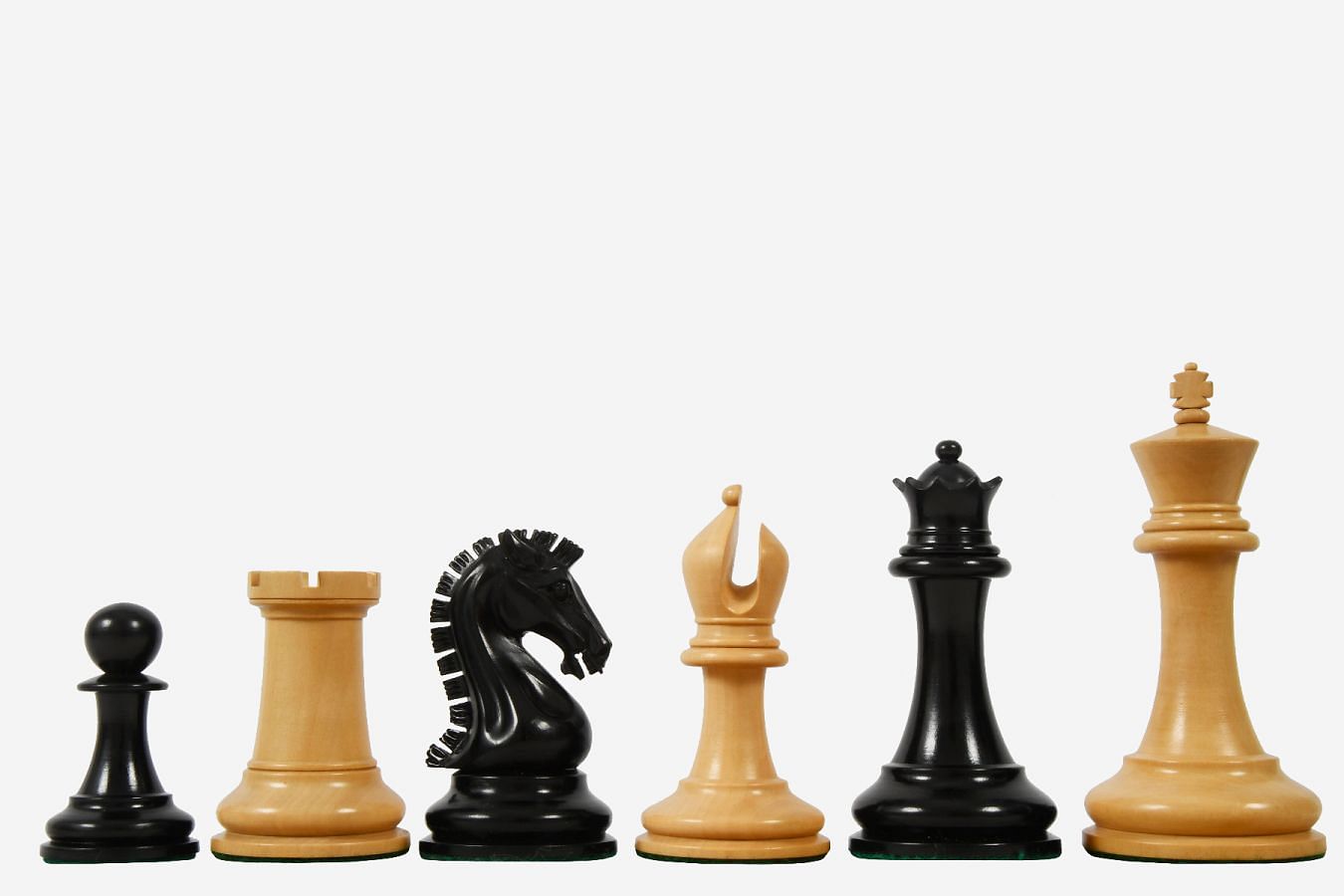


























 Miraculously, the game’s popularity flourished while drinking and gambling declined. If you visit this village, one can easily catch sights of people playing chess. A native of this village says, “Chess improves concentration, builds character and creates community”. “We don’t watch television here; we play chess and talk to each other, even the kids.” So true!!
Related:
Miraculously, the game’s popularity flourished while drinking and gambling declined. If you visit this village, one can easily catch sights of people playing chess. A native of this village says, “Chess improves concentration, builds character and creates community”. “We don’t watch television here; we play chess and talk to each other, even the kids.” So true!!
Related:  For long, chess has been considered as a game played only by intellectuals and individuals with critical thinking abilities. However, the interesting fact is that chess can be played by people of all age groups and mind sets. Chess is extremely helpful in
For long, chess has been considered as a game played only by intellectuals and individuals with critical thinking abilities. However, the interesting fact is that chess can be played by people of all age groups and mind sets. Chess is extremely helpful in 
















 Chessbazaar stands out as a trusted provider of custom chess sets. Their commitment to craftsmanship, attention to detail, and the integration of advanced sensor technologies set them apart. Whether you opt for DGT sensors or Chessnut Pro sensors, you can expect a chess set that combines elegance, functionality, and innovation. Kindly contact us at
Chessbazaar stands out as a trusted provider of custom chess sets. Their commitment to craftsmanship, attention to detail, and the integration of advanced sensor technologies set them apart. Whether you opt for DGT sensors or Chessnut Pro sensors, you can expect a chess set that combines elegance, functionality, and innovation. Kindly contact us at 










